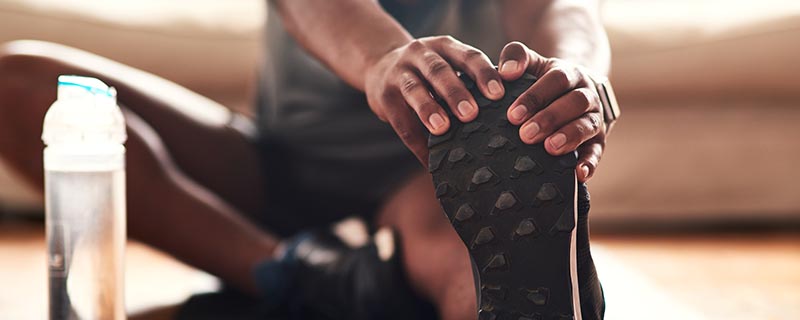
08 Jul, 2020/ by National Accident Helpline /Campaigns
Exercise is top of the agenda for many of us. Whether we have always gone for a post-work jog or we are one of the UK's 9.7 million gym members, there are many of us who love nothing more than to stay active.
To keep the momentum going, we were encouraged to get outside for an hour a day during lockdown and many of us made full use of those 60 minutes. In fact, Sport England found that 63% of people believe that exercise was important for their mental health in the first six weeks of lockdown.
However, during this period, many of us had to move our gym sessions to our homes, and this means there has been a real risk of accidents taking place. Here at National Accident Helpline, we carried out some research and discovered that a third of our respondents said they'd been injured while exercising in their homes.
Now the warm summer weather's here, more of us are likely to head for a run or hop on a bicycle. However, it's important that we're careful in order to avoid getting injured.
In order to know how to avoid getting hurt while exercising, it's worth having an idea of the most common types of injury that can happen.
By knowing what to look out for, it's possible to introduce ideas and methods to make fitness routines as safe as possible.
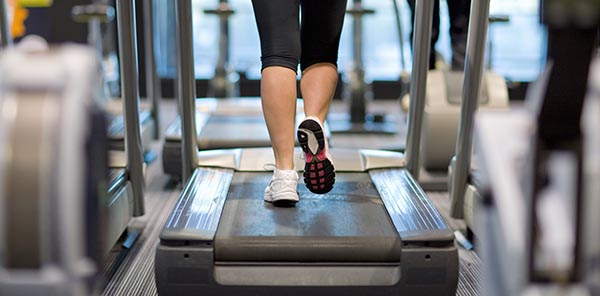
Based on the findings of a recent study into gym based exercise injuries, the main cause of injuries was found to be treadmill activities. These caused one in three gym related injuries, with women slightly more likely to have suffered an accident than men (34% vs. 31%).
Whether in the gym or through online classes such as the Joe Wicks PE classes during lockdown, exercise class activities can also be hazardous. Items such as medicine balls, skipping ropes and pull up bars have been shown to lead to head injuries whilst items such as resistance bands are causing eye injuries.
According to a study by Bupa, just one in four Brits have sought medical help after hurting themselves during exercise. That's despite around 7.2 million people potentially being hurt during a lockdown workout.
This study also revealed that the most common exercise-related injuries that we sustained during lockdown included pulled muscles (36%). As a result, many more of us are complaining of sore knees, bad backs, and tender ankles.
In focus: the different types of exercise that can lead to injury
What types of accidents happen when running?
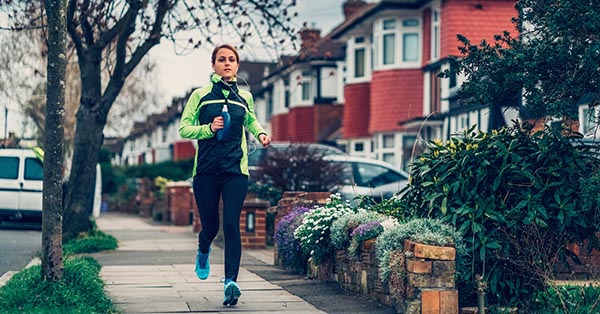
We seem to have become a nation of joggers in recent weeks.
Over 858,000 people downloaded the NHS-backed Couch to 5K app between March and June, which is designed to get those who haven't run before to gradually build the stamina to run 5k - or 3.1 miles.
While these numbers are impressive, being aware of the common accidents that can occur while out for a run can be beneficial. Research by the University of Salford's Running Performance Clinic found that around half of the 2 million recreational runners in Britain are injured each year. Of these, 500,000 are ‘off the road' because of poor technique.
This study found that common injuries suffered by runners, such as shin splints and runner's knee, can be caused by bad habits such as a side to side pelvis drop. By working to correct your posture and technique when jogging, therefore, you reduce the likelihood of sustaining injury.
However, there are other types of injury that runners encounter that can't be fixed with an improved technique. One of these is the danger of cars. There is a chance you could be involved in a traffic collision while jogging on the roads. In America, 122,000 runners are hit by cars each year. That's a substantial number and reveals the importance of keeping vigilant for vehicles while out for a run.
However, no matter how watchful you are, there's always the chance that you could fall. If you slip, trip, or fall because of wet or uneven pavements, these incidents can cause injuries such as sprains and broken bones.
What types of accidents happen when walking?
Slips and trips are a risk if you've decided to go for a walk, too. If you're trying to get some steps in and fall over a broken paving slab, there is a chance you could do some damage. Local councils are responsible for the upkeep of public roads and pavements, so, in addition to dealing with your injury, it's likely that you'll need to report the issue. There's also the possibility of making a claim if you've fallen while running or walking and it wasn't your fault.
In fact, The AA investigated how many compensation claims there had been for accidents on the pavement. In the 12 months before May 2018, 10,572 claims had been put forward.
Pedestrians are likely to be involved in road traffic incidents, too. In Britain, around 23,000 pedestrians are killed or injured in road accidents that are reported to the police each year.
What types of accidents happen when cycling?
Lockdown has also seen more cyclists on the roads. Government data revealed that due to the changes in transport use, cycling was up 300% on some days during this period.
As we slowly return to work and cars begin to stream onto the roads again, it's worth being aware of the risks while out on our bikes, especially if we've only recently switched to cycling into work.
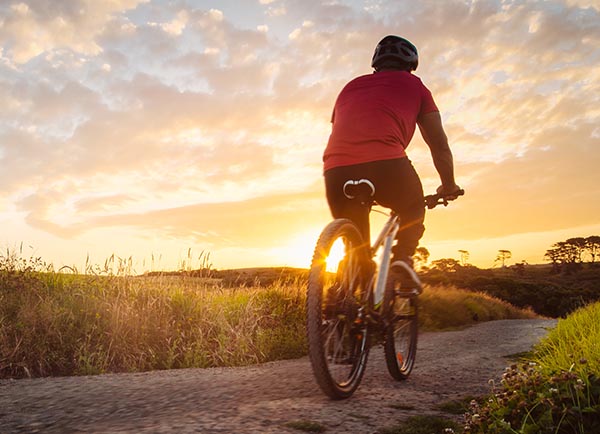
Road traffic incidents are one of the most significant accidents that can happen when cycling. In 2016, 18,477 cyclists were injured in reported accidents on UK roads, including 3,499 who were killed or seriously injured.
How to avoid injuries
There are different ways to avoid being hurt or injured while exercising. The best course of action will depend on the type of exercise you're doing. To help you work out how to reduce the possibility of accidents taking place, here's an at-a-glance guide, broken down by exercise type.
How to avoid sports injuries
To avoid sports injuries, always begin with a thorough warmup. By warming up the muscles, you will avoid pulling them and your body will be ready to do the main part of your workout.
Also, knowing your fitness levels and when to quit before you push yourself too hard is important. As mentioned earlier, overexertion is a significant cause of sports-related injuries.
Whether when using exercise equipment at home, or in the gym once they reopen, make sure you're using the right equipment and that you understand how the different machines work. You'll also need to wear appropriate clothing. Be sure to get training from someone who can help with your technique, too.
Some key running tips
Running at night can bring more risks than if you're out in the daylight. During the winter months, running in the dark is pretty much unavoidable, but you can do things to keep safe. For example, wear bright, reflective clothing and shoes and run with a headlamp - the easier it is to see you, the better.
Always have your mobile phone with you, too, just in case of emergency. If you run to music, keep it low so you can listen for traffic and other people. If you need to cross the road, always try to find the safest crossing point and be alert.
Some key cycling tips
Like running, cycling requires that you're seen easily by motorists, so wear bright, reflective clothing and add lights to your bike to make sure you're visible. Also, always wear a helmet, no matter how short the journey.
Stick to the cycle lanes, especially if you have access to these in busy cities. This keeps you a safe distance from cars and other vehicles.
Also, when you reach a junction, make it clear to drivers which direction you are travelling in. Roundabouts are especially tricky to navigate on a bicycle, so make sure you know where you're going and how to move around to the exit you want to take.
Be aware of the weather
We all know how unpredictable the British weather can be, so try to dress for what's forecast. Also, run or walk facing the traffic rather than having your back to it. This gives you a better chance of watching for any cars that skid in wet or icy conditions.
Again, reflective clothing is ideal here, especially in the rain when vision is often impaired for drivers. Making sure you can be seen can give motorists and cyclists a better chance of swerving away from you.
What to do if you're hurt
Even with all the planning and prep, you can still be injured. You could fall or a motorist could hit you as you make your way across a zebra crossing. These things are unpredictable, however if you're hurt there are certain steps to take regardless of the injury.
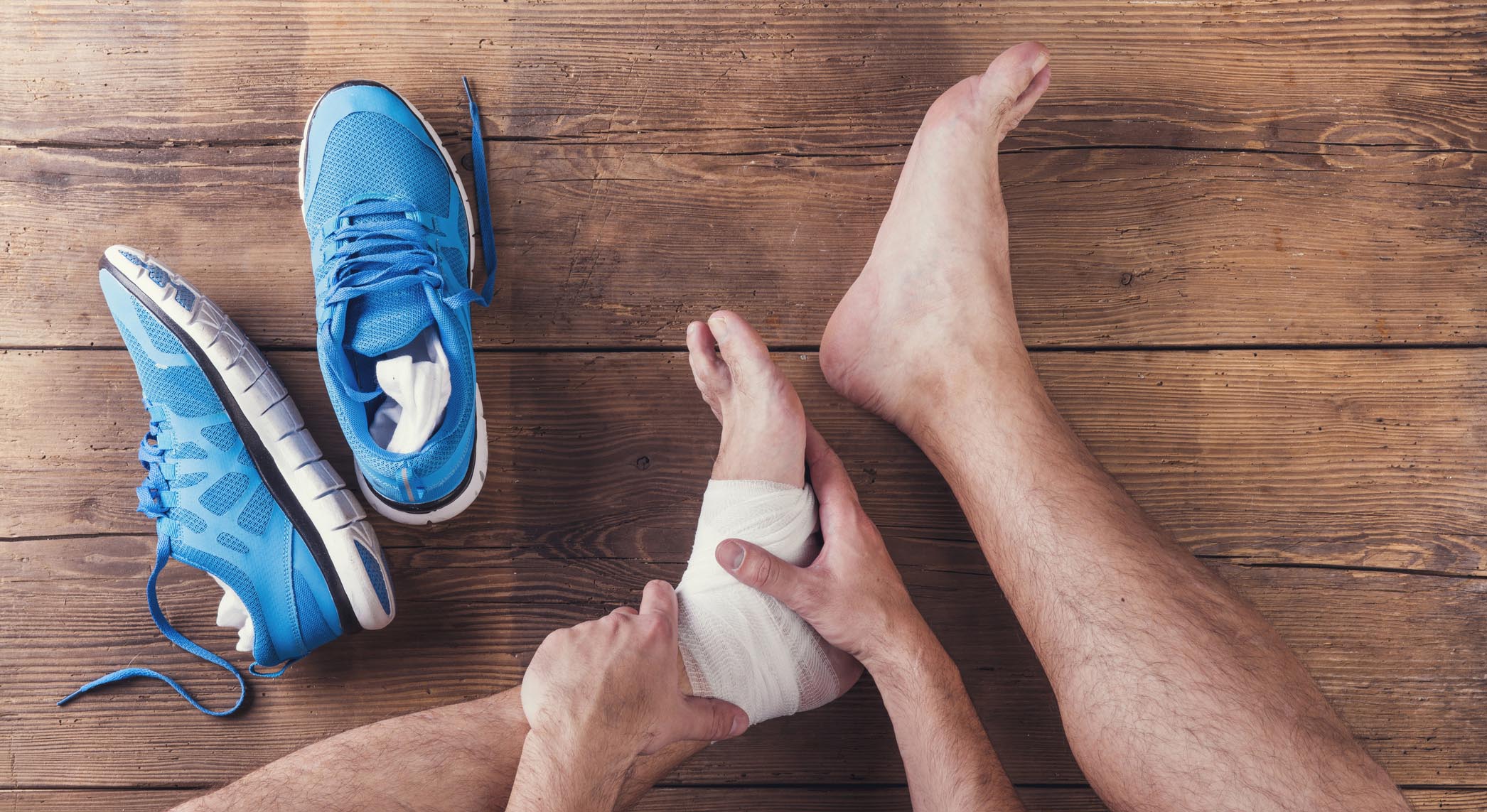
First, if you're with others and able, call to them for help.
Getting assistance from someone else is the ideal scenario as there's a better chance of them being able to move you to safety or, if it's not safe to move you, making others aware to stay away from the area while they get help.
If you're on your own and you think you've broken a bone or can't move, try to call for help on your mobile. Call 999 for an ambulance if it's an emergency. Let a loved one know where you are too.
Should you have been injured and it wasn't your fault, you might have grounds to make a claim. Whether you were in a cycling accident or you've been injured while out for a walk, you may find that you are unable to return to work for a while or that you need to cover the cost of medical bills.
In this case, you could be entitled to compensation, which will help towards the recovery process. To pursue a claim if you think you've been injured while exercising and it wasn't your fault, get in touch with National Accident Helpline and our team can help you take your case forward.